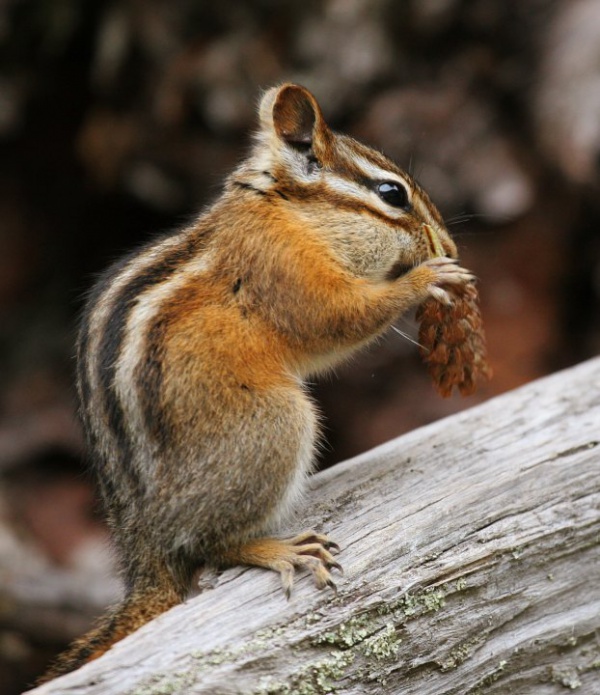Facts About Chipmunk
Chipmunks are endearing small rodents that belong to the family Sciuridae. Most species reside in North America, although the Siberian chipmunk is native to Asia. These charming creatures are categorized into three genera: Tamias, Eutamias, and Neotamias.
Chipmunks are not finicky eaters; their diet consists of a variety of seeds, nuts, fruits, insects, and other plant materials. One of their remarkable abilities is hoarding food for winter, ensuring they have ample supplies during the cold season.
Regarding reproduction, chipmunks become active in early spring. Eastern chipmunks may produce offspring twice a year, whereas their western counterparts typically have just one litter annually. These small animals play a crucial role in forest ecosystems by dispersing seeds and fungal spores, facilitating the growth of new plants.
Chipmunks are also skilled architects, constructing intricate burrows for shelter. During winter, eastern chipmunks enter hibernation to conserve warmth, while western chipmunks generally endure the cold without hibernating. Despite being prey for many predators, chipmunks can be formidable hunters themselves.
In the wild, the lifespan of a chipmunk is relatively brief, averaging around three years, although they can live up to nine years in captivity. These diurnal animals (active during the day) are fond of sleeping and can rest for about 15 hours a day when kept as pets.

 Malaysia
Malaysia